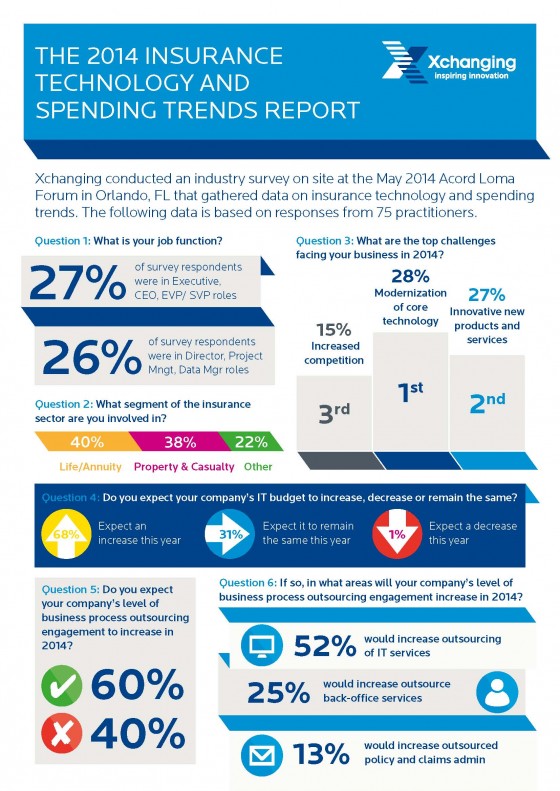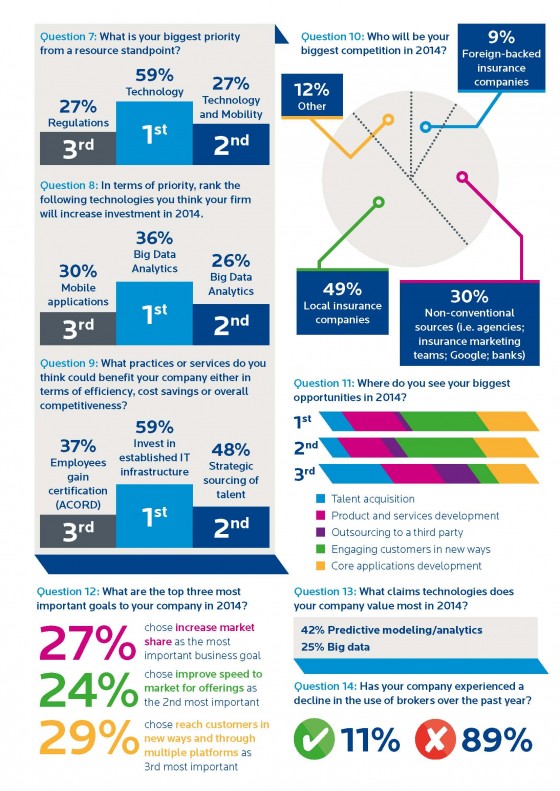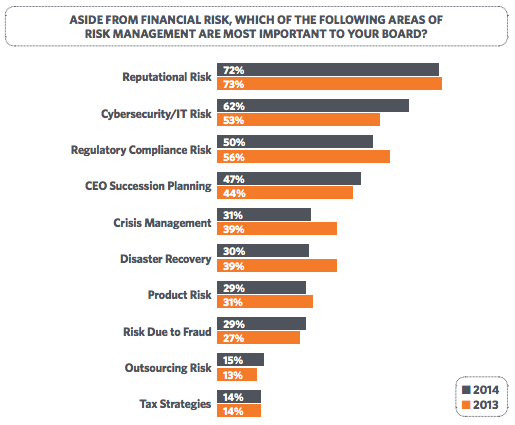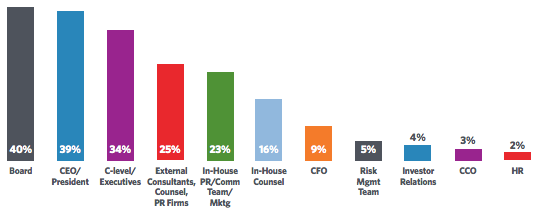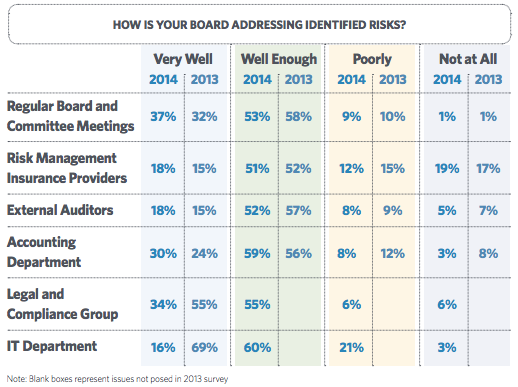A new study from researchers at Indiana University and City University of Hong Kong on the most and least corrupt states in America calculates that government corruption costs American taxpayers tens of billions of dollars a year. In the 10 most corrupt states, for example, simply reducing corruption to an average level would lower annual state spending by $1,308 per person, or 5.2 percent of state expenditures.
In “The Impact of Public Officials’ Corruption on the Size and Allocation of U.S. State Spending,” Cheol Liu, assistant professor in the Department of Public Policy at City University of Hong Kong, and John Mikesell, Chancellor’s Professor in the School of Public and Environmental Affairs at Indiana University Bloomington, found that corruption is directly linked to excessive state spending, and noted that corrupt states particularly spend more on construction and capital projects and less on services, including education.
The researchers used data from more than 25,000 convictions for violations of federal anti-corruption laws between 1976 and 2008 to create a “corruption index,” then compared convictions with the number of government employees. This method, they explained, avoids the issue of state differences in police, prosecution and court resources, making the results a reflection of the extent of corruption, not of law enforcement effort.
Defining corruption as the “misuse of public office for private gain,” the authors found that public and private corruption can have a range of negative effects, including lower-quality work, reduced economic productivity and higher levels of income inequality and poverty.
According to the study, the top 10 most corrupt states are:
- Mississippi
- Louisiana
- Tennessee
- Illinois
- Pennsylvania
- Alabama
- Alaska
- South Dakota
- Kentucky
- Florida
“The results of this article suggest that preventing public officials’ corruption and restraining spending induced by public corruption should accompany other efforts at fiscal constraint. Increases in states’ expenditures on capital, construction, highways and borrowing are not problematic in themselves,” the researchers concluded.
“However, policymakers should pay close attention that public resources are not used for private gains of the few, but rather distributed effectively and fairly.”


